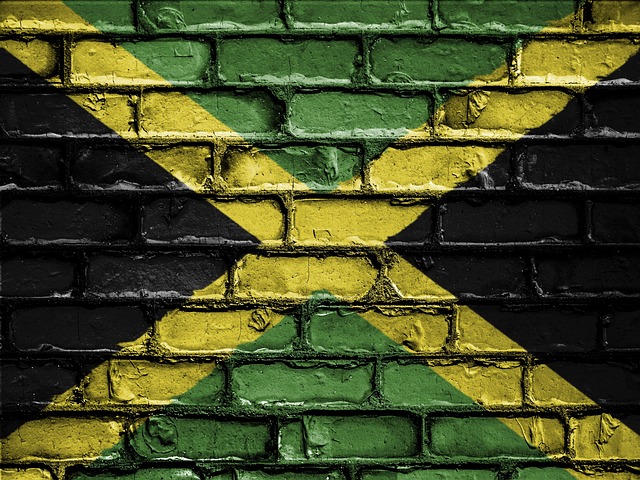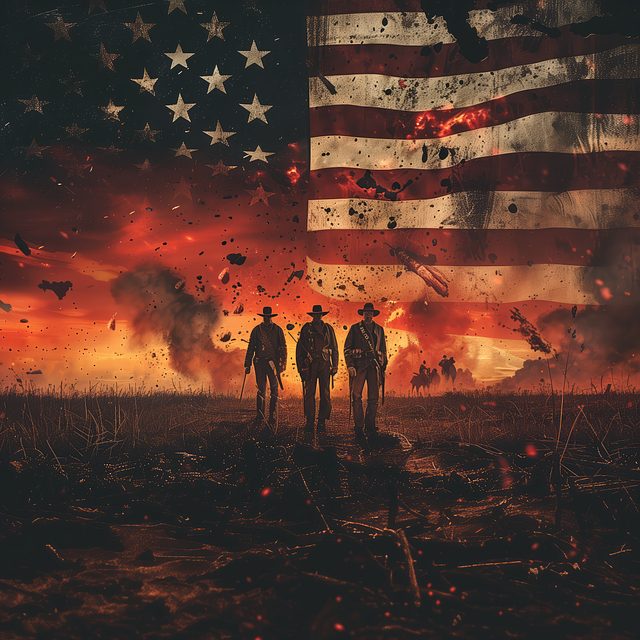The American Flag and the Peace Sign are two powerful symbols that transcend borders. This article explores their evolution as emblems of national identity, non-violence, and unity. From their historical roots to their modern impact on society and art, these signs continue to foster harmony globally. Discover how they’ve adapted over time while retaining their core messages of peace and solidarity.
- The American Flag: A Symbol of National Identity and Unity
- The Peace Sign: An International Gesture of Non-Violence
- Historical Context: How These Symbols Evolved
- Cultural Significance: Their Impact on Society and Art
- Modern Relevance: Continuing their Role in Promoting Harmony
The American Flag: A Symbol of National Identity and Unity

The Peace Sign: An International Gesture of Non-Violence

The Peace Sign, often recognized as one of the most iconic symbols globally, has transcended cultural and linguistic barriers. This simple yet powerful gesture has become a universal representation of peace, harmony, and non-violence. Its origin traces back to the 1950s when British designer Gerald Holtom created it for an anti-war movement, drawing inspiration from the American Flag’s stars and stripes. The design, with its interconnected circles, was intended to convey unity and hope in the struggle against nuclear weapons.
Over time, the Peace Sign has evolved into an international symbol of solidarity, adopted by various social justice movements and activists worldwide. It has been featured in protests, demonstrations, and cultural events, fostering a sense of global community. The sign’s simplicity makes it easily recognizable and replicable, enabling people from diverse backgrounds to unite under a common cause—a testament to its effectiveness as a non-violent communication tool.
Historical Context: How These Symbols Evolved

The American Flag and Peace Sign, two iconic symbols, have evolved through distinct historical contexts. The American Flag, with its stars and stripes, emerged as a symbol of nationhood and liberty during the American Revolution. Over time, it came to represent not just political unity but also universal ideals like freedom and equality. Conversely, the Peace Sign, born in the midst of the counterculture movement of the 1960s, became an international symbol of non-violence and harmony. It emerged as a powerful counterpoint to the tumultuous era of the Vietnam War, embodying hopes for global peace and understanding. These symbols, though different in origin, share a common purpose: to unite people across divisions and promote universal values.
Cultural Significance: Their Impact on Society and Art

Modern Relevance: Continuing their Role in Promoting Harmony

The American Flag Peace Sign, a timeless symbol, continues its relevant role in promoting harmony and unity today. Beyond its historical significance as a marker of anti-war movements, this iconic sign has evolved to represent a broader message of peace and inclusivity. In an era marked by global connectivity and diverse cultures, the simple gesture of a hand forming a circle resonates with people from all walks of life.
Social media platforms have further amplified its impact, allowing the Peace Sign to transcend physical boundaries and become a universal language of non-violence. It serves as a reminder to embrace diversity, foster understanding, and promote peaceful co-existence in an increasingly complex world.
